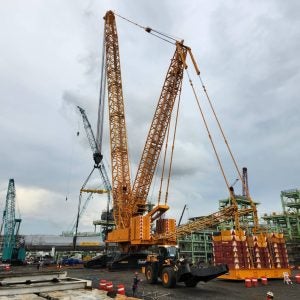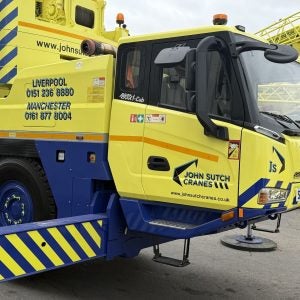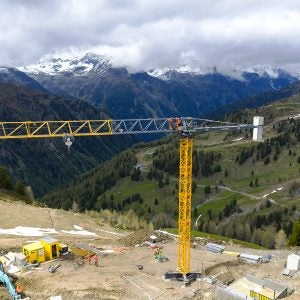Cranes themselves are obvious in nearly every town in the world; the skill and professionalism involved in manufacturing, supplying and using them are often hidden from everyone but industry insiders.
This problem is most clear when an accident happens. A crane falls, the reaction of the press, politicians, and public, is often that this must be down to an inherent risk in the use of cranes. Indeed, one report following accidents in New York even took in its title the assumption that cranes are 'high risk'.
There are certainly risks, which everyone in the industry routinely takes steps to avoid and to mitigate, but the level of risk is comparable to (likely much less than) crossing the road or getting out of the bath.
As discussed here regularly, the crane industry does much to address unwarranted restrictions and inefficient regulations when they are proposed. Often, that relies on a few individuals within organisations like ESTA, the SC&RA, CICA, and other trade associations around the world. When the impact on business is clear, the sector has also done well to find end user groups and businesses to work with. But, there is perhaps more to be done to get in front of problems, to advocate for efficient and effective regulation, rather than waiting to respond to the latest half-baked idea coming from the politicians.
One step the European industry has been working on over recent years is the development by ESTA of a European Crane Operators Licence (ECOL). There have been a few mis-steps on the way. Using the legally loaded term 'licence', rather than defining the programme as a competence certification scheme, may be a mistake. It is a shame too that work on ECOL, and particularly on the rigging and slinging training and certification that should be a step on the way to becoming a mobile crane operator, has not apparently been aligned to parallel work being taken in the tower crane industry by CECE. However, admirable progress has been made on fighting through the thicket of EU processes and bureacracy, and work on the scheme is well underway. Most recently, it was announced that an ECOL Foundation will be established to formalise the development and management of the programme.
ECOL, like NCCCO in the USA, is an important step in reassuring the public that crane operators are competent and qualified professionals. It should also be a tool to bring new people into the industry.
I recently visited Palfinger World, the Austrian manufacturer's facility promoting its brand, and the wider crane industry. It's an impressive exhibition, and a bold step to so definitely open the doors of the industry to the public.
One of Palfinger's aims is to show the diversity of people and skills employed in the industry. I think there is a strong argument to be made that part of the reason for the success and productivity of many mainland European and Japanese manufacturers (and their subsidiaries around the world) is that many are family businesses, or adopt a corporate culture that is similar to a family business. They focus on building up a base of skilled staff by working with local educational establishments, by taking a little more care to retain staff, and through outreach programmes like this.
For companies to remain competitive, particularly as equipment becomes increasingly connected and digitalised, it is going to be vital to bring new people with new skills into the industry. This is a good step on the way to doing that.
Palfinger are by no means alone in reaching out to the public. In the USA, I've been impressed by the work done by Lift & Move in introducing young people to the potential of working in the industry. So far the group has arranged six events, sponsored by private companies and with the support of the SC&RA and NCCCO. It is an important programme, and should be studied and emulated by groups around the world.






